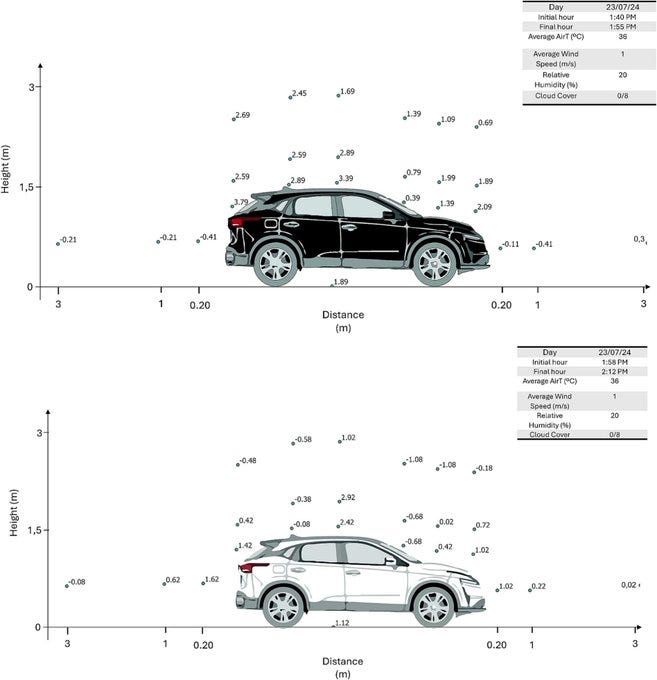Curbing cars, cars on kerbs and e-bike muddles, #178
Walk this way - there's good news for walking
This week we’re multi-modal - that is, we are looking at transport in its wider context, as it should be viewed. While the UK is succeeding in some areas of transport, i.e. getting more people walking, and there’s an encouraging shift in e-bike misinformation from the BBC, carspreading in cities is an issue that’s perhaps coming to a head. Oh, and there’s some news on pavement parking.
Step, wheel or cycle this way…
BIG STORIES FOR CYCLING ADVOCACY
UK GOV TO “STUDY” PAVEMENT PARKING. In a Westminster Hall debate on pavement parking yesterday, minister Lilian Greenwood MP, said that the Government has commissioned new research to “update and strengthen our evidence base on the extent and impact of pavement parking.”
26 MPs showed up to debate yesterday, showing the strength of feeling. In addition, 36 Labour colleagues have written to the Minister to back plans to give councils the tools they need to tackle pavement parking.
As for the final decision on what next? Well, that’s “coming very soon”, which we’ve heard a lot over the last five years since the consultation closed.
WALKING UP, CYCLING FLAT. That’s the conclusion of the latest National Travel Survey on active travel. It’s good news for walking, with 81% of trips under one mile now being walked or wheeled. The average distance walked is now at the highest level since records began, at 230 miles per person in 2024. Cycling, meanwhile, has remained stubbornly level since 2002, a huge pandemic-induced spike aside. Men are still cycling a lot more than women, too. In other words, there’s a way to go to bring about cycling growth in England.
YOUNG PEOPLE PRICED OUT OF E-BIKES. A UK YouGov Survey on e-bikes found 4% of Brits currently use an e-bike, though a further 11% have tried one. Younger adults, 18-24, are much more likely to have ridden an e-bike, with more than half of 25-34-year-olds having rented. Price is an issue for 19% of respondents, rising to 27% of 25-34 year-olds. Leisure is the most common reason people use them, with just 21% commuting by e-bike - low, as Cycling Electric’s Mark Sutton put it, considering the e-bike’s commuting potential. This begs the question, why aren’t we offering e-bike subsidies like we do for electric cars - and, of course, building the routes to help people use them?
TREES NOT CARS. Cars eat up valuable street space, being parked for 95% of the time. Now, new research from Lisbon shows dark-coloured parked cars are intensifying urban heat by as much as +3.8°C. Extreme heat is a very real issue for many cities. Cities serious about climate adaptation need to start rethinking parking policies in heat-vulnerable areas, reducing the number of vehicles occupying valuable public space. Not to mention the asphalt that goes with them.
SUVS REACH 30% OF URBAN ENGLISH CAR MARKET. Campaign group Clean Cities found that in just two decades SUVs grew from 3% of cars to 30% - and is calling for Paris-style parking charges, based on vehicle size. Cardiff has consulted on weight-based parking charges, while Lambeth council in London, Bristol and Bath are looking to discourage SUV use. Edinburgh has restricted SUV advertising, meanwhile. While parked, according to Clean Cities’ Oliver Lord, parked SUVs take up the equivalent of an inner London borough.
BBC CORRECTS INACCURATE ‘E-BIKES’ COVERAGE. A complaint to the BBC has led the broadcaster to correct its coverage, after inadvertently calling overpowered e-motorbikes ‘e-bikes’. Road.cc reports on a ‘fed-up cyclist’ who took the BBC to task on the mislabeling of the illegal vehicles. An e-motorbike rider was critically injured in a collision with a driver and following a complaint the BBC corrected the story, which had described the rider as using an e-bike. The mislabelling of ‘fake e-bikes’ is misleading and damages the legitimate industry and those using safe, legal e-bikes, who are caught up in restrictions aimed at the illegal products.
OTHER HEADLINES
WHAT MAKES A JUNCTION DANGEROUS? A fascinating dive into the road design and wider transport issues that make one of London's most dangerous junctions so hazardous. GCN goes behind the grabby headline and cycle-blaming of a recent Guardian article to understand what's really happening on one of London's first generation blue-paint cycle routes. From campaigns to psychology to traffic engineering, it's well worth a watch.
INTERESTING GRAPH OF THE WEEK:
The air temperature around a dark vehicle parked in the sun can be 3.8c higher than around a white one - or the tarmac. Cities need to rethink the role of cars - and parking - on overheating in summer, and prioritise tree planting to help keep people cool. Source.
ACTIVE TRAVEL WORD OF THE WEEK:
Albedo: The amount of sunlight - and heat - reflected from an object. This is related to colour, i.e., a black surface has a lower albedo than a white one. This phenomenon impacts ground temperatures and can be mitigated by things like trees, grass and light-coloured paint
Until next time,
Adam
Adam Tranter
CEO, Fusion & Founder, #BikeIsBest
This newsletter is brought to you by Fusion, the agency for movers, specialising in communications and public affairs for active travel and mobility.






